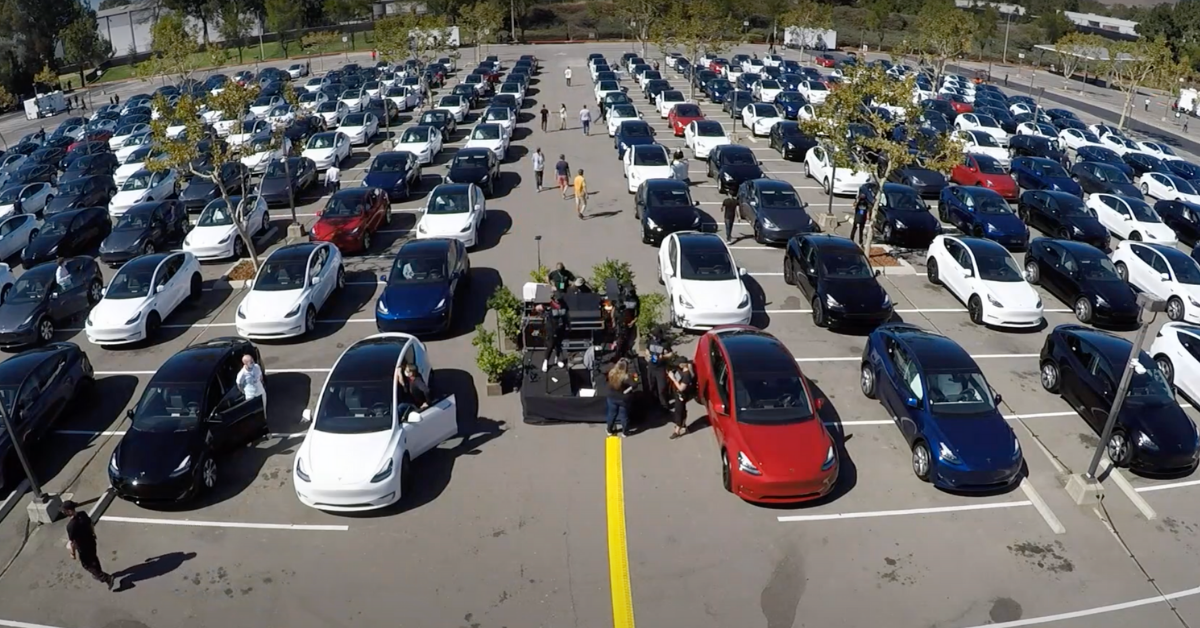Tax credits matter
The bottom line is that I believe deliveries will grow next year at around 12-14%, compared to the Street at 14%. This would mark an increase in growth from 2024 which will be up around 1%.
Tax credits matter. For example, the average selling price of the Model Y was approximately $44k in the September 2020 quarter, slightly higher than the company’s overall average of $42.5k. Currently, a Model Y sold in the US is eligible for a $7,500 tax credit, effectively translating to about a 15% discount. In other words, Tesla’s prices in the US—which account for about 40% of the company’s sales—are likely to increase by approximately 15% sometime next year. I believe the Street’s 14% growth expectation reflects the assumption that the tax credit will expire next year, as consensus estimates fall well below the company’s guidance of 20–30% growth for 2025. As an aside, I don’t believe Musk was factoring in changes to tax credits when he provided 2025 delivery guidance in late October.
To estimate how this change will impact results, I assume that car demand is elastic, meaning it responds significantly to price changes. Based on my calculations, a 15% price increase in the US would reduce 2025 deliveries there by 15% (assuming unitary elastic demand). This would bring overall delivery growth to 12% for the year, slightly below the current Street estimate of 14%. A key consideration in this calculation is that EV demand is increasing, so the analysis starts with the assumption that deliveries would grow at the midpoint of Tesla’s guidance, or 25% y/y. I then reduce that increased number by 15%, resulting in approximately 750k US deliveries next year.
If you believe the removal of the tax credit will reduce US demand by 30%, overall delivery growth in 2025 would be up 4%.
My sense is that a 12% growth expectation will prove most accurate, partly because Europe experienced a similar unwinding of EV tax credits. In the September 2024 quarter, despite a 20% sequential decline in tax credit support, overall deliveries in Europe rebounded from a 5% decline in June 2024 to a 6% increase in September 2024.
